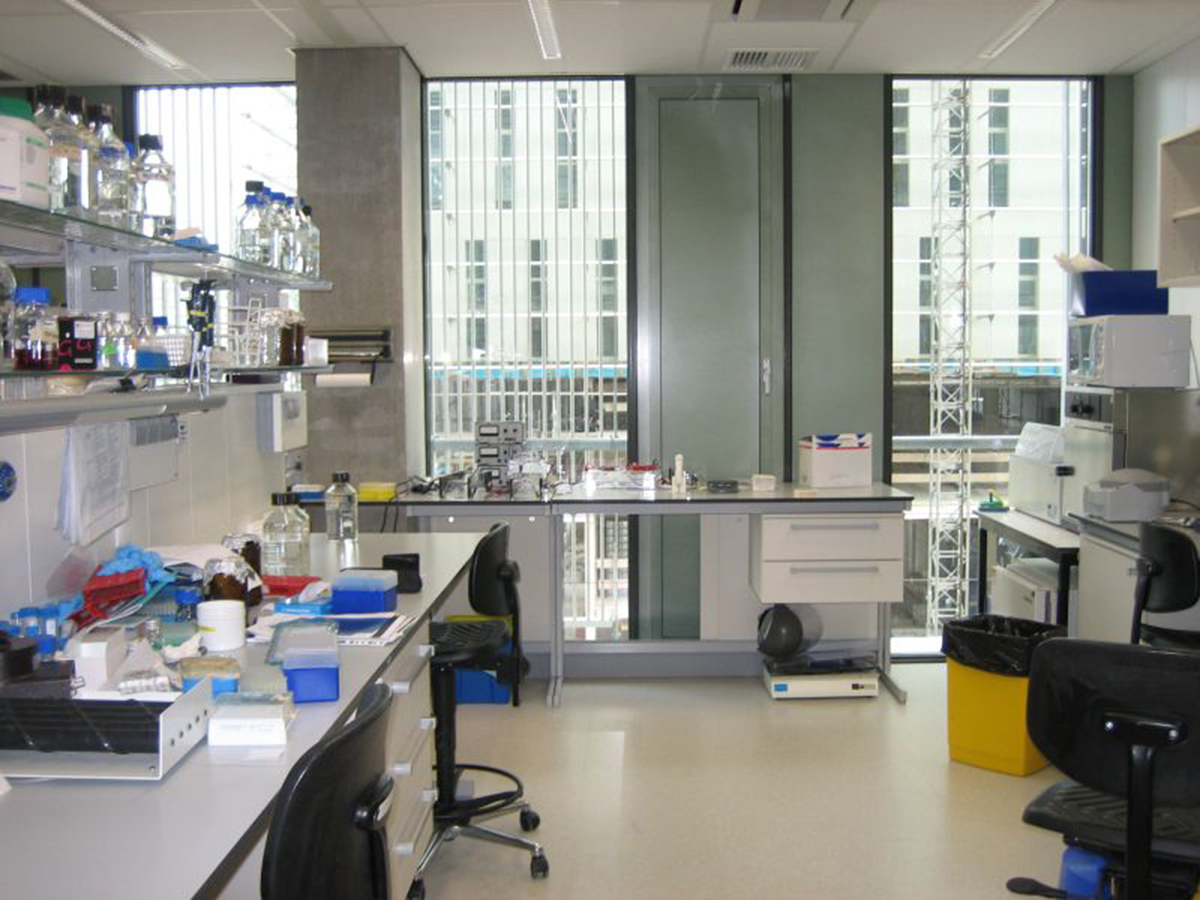Table of Contents
The ultimate goal of using in vitro grown muscle tissue is to provide individually-tailored medicine to a person. Scientists would take a biopsy from each patient, grow some new muscles and use these samples for testing and experimentation to see which medications and treatment options would prove most beneficial.

Dr Burac is already working on another study with clinicians and researchers at Duke University, including Dr Dwight Koeberl, an associate professor of pediatrics. The objective of this study is to try to connect the efficacy of drugs in patients with the effects on lab-grown muscle tissue.
Dr Bursac states: "There are some diseases, like Duchenne Muscular Dystrophy for example, that make taking muscle biopsies difficult. If we could grow working, testable muscles from induced pluripotent stem cells, we could take one skin or blood sample and never have to bother the patient again."
Other specialists involved in the study include George Truskey, the senior associate for research for the Pratt School of Engineering and the R Eugene, Susie E Goodson, a Professor of Biomedical Engineering, and William Klaus, a professor of biomedical engineering, medicine and nursing at Duke.
Biomedical researchers have also developed living skeletal muscle that mimics the real thing. This tissue contracts rapidly and powerfully and for the very first time it has the ability to heal itself inside the laboratory and within an animal.
The study was done at Duke and the tissue was tested on the back of a live mouse. Scientists were able to watch in real-time monitoring and view it on a live, walking animal. Both lab-grown muscle and experimental procedures are extremely important towards growing viable muscle for studying and treating diseases. The muscles that have recently been developed are extremely valuable to advancements for the field and these are the very first times engineered muscle has been made that contracts as strongly as the real thing.
Dr Bursac and his team found that two things were needed that better prepared muscle and these are-well developed contractile fibers and a pool of muscle stem cells called "satellite cells". Each muscle has satellite cells in abundance, ready to activate when an injury occurs and to begin the healing process. The key to the team’s success was creating the microenvironments where these stem cells could wait, until they were needed to perform a task.
See Also: UK Researchers Develop Microchip Implant To Accelerate Weight Loss
To test the muscles, the researchers ran them through a wide variety of trials in the laboratory. By stimulating the muscle with electrical pulses, they measured contractile strength, showing that it contained more than ten times the strength of any muscle manufactured in the past. The fibers were also damaged with toxins from snake venom and found satellite cells could start, reproduce and heal the damaged fibers.
This research was supported by the NIH, and the National Institute of Arthritis and Musculoskeletal and Skin Disease.
- www.pratt.duke.edu/news/first-contracting-human-muscle-grown-laboratory
- www.kurzweilai.net/first-contracting-human-muscle-grown-in-laboratory
- www.eurekalert.org/pub_releases/2015-01/du-fch011315.php
- http://phys.org/news/2015-01-human-muscle-grown-laboratory.htmlPhoto courtesy of macsimski via Flick: www.flickr.com/photos/simski/5449842659
- Photo courtesy of Mararie via Flickr: www.flickr.com/photos/mararie/136811634


Your thoughts on this